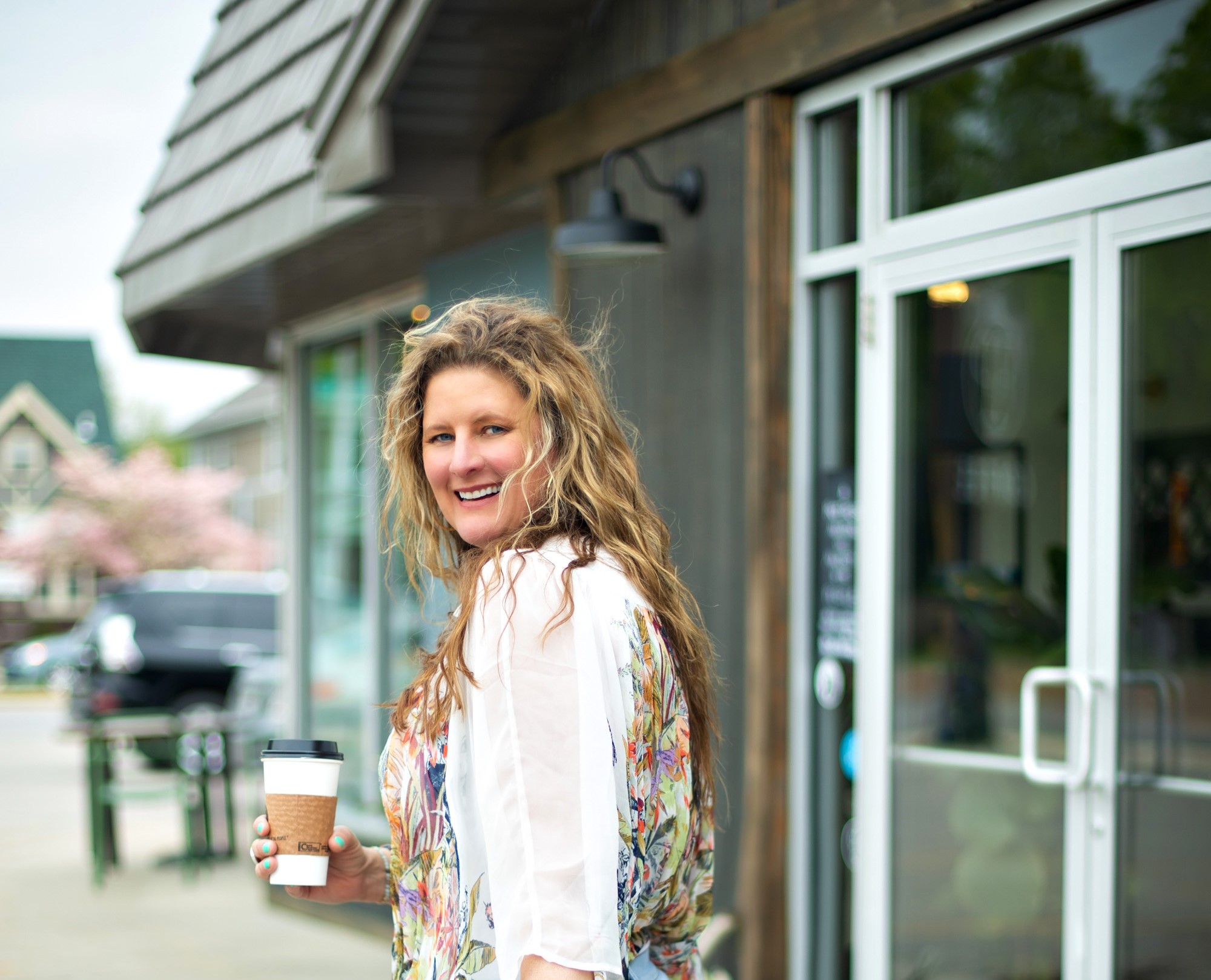If you listened to Episode #226 with my student Amy Yang, you heard the crazy story of how I sold two portrait sessions for her that brought in over $10,000 in one day. There were some really big ahas in that episode from Amy’s standpoint as the student, but as the teacher/salesperson, I had my own takeaways. I’m sharing the seven biggest ahas I had while doing this in front of over 60 professional photographers.
When I go into each presentation, I create it in a way that I feel like if money were no object, what is the coolest thing I could present? I’m committed but not attached to the outcome. I’m committed that they make their decision because they came to me for photography, and if they leave without ordering anything, I feel like I haven’t done my job. So when they make their decision, whether it’s super small or super big, it means I’ve done my job. The unattached to the outcome is really about me not caring what they invest. I’m unattached to a dollar figure. I started the presentation with the narrowed down images and built the sales strategy from there. This is one of my favorite parts because we’re putting together a recommendation for people based on these amazing images. There were quite a few things that I noticed that were really resonating with the students…
- Renaming the files
With so many people involved in this process and because we had to get it turned around quickly, I didn’t ask someone to rename the files because Andria always does that for me. So the files got narrowed down and exported without getting renamed. Usually Andria will name the files numerically and whatever the client’s last name is, let’s say it’s Smith, and it will say “001 Smith”. When we’re looking at the images it makes it so much easier for the client to say which number photo they love. This may seem like a little thing, but when we’re managing this one hour that we have to do the presentation in it is so important because we are trying to keep the client in an emotional state, not logical.
- Extra images
We culled it down to 120 images in the first round. We have to balance how many we show to them and how many are we cutting that they might want to buy. I always leave in extra images that are easy for the client to cut. If you only show a smaller number of images it makes it so tight that they don’t cut anything and they go into overwhelm. We want to make sure that they can pass by some. I also need to teach them how to cut. I don’t want them saying, “I don’t like this, I don’t like that.” I want them to say, “Yes, that one or we can cut that one.”
- Duplicates
Many of us are likely photographing certain poses multiple times. For example, Amy had a setup of the family where the two parents were sitting and the two kids were standing, and then she photographed several options of each, so they were duplicates of the same pose. Then she got duplicates of the girl alone, duplicates of the boy alone and duplicates of every combination. This is where I see people getting into trouble because they’re all good. If you can’t narrow it down to your favorites, how are they going to? People get overwhelmed and they just can’t make a decision. There is a balance between picking the best, but only showing what is enough.
- Adding recommendations that are products
Show their images as wall portraits, framed, canvas, series or in a book or an album. A bunch of digital files that they don’t know what they’re going to do with end up getting stuck in a drawer. They’re not going to enjoy them. If we want them to invest in more images, when we’re presenting we can’t just show them all of the same thing.
- Painting the picture of where everything goes
I always say that I’m painting a picture so they can visualize where this artwork goes in their home. I say things like, “Oh my gosh, this one of your daughter spinning around would be adorable in her room. And this one of your son by himself would be great in his room. This relationship one would be amazing in black and white. It could be cool in a foyer.” Even as I’ve been doing this, haven’t you been picturing artwork in different rooms? When you are buying things, you want to have a reason and a use for it. When people see it in their room they’re justifying it.
- Keep them in the emotion
People buy with emotion and justify with logic. This became huge during the presentation because I was talking about the images a lot. How everyone was looking at each other, and how much love there was in the room. I was even pointing out things about each kiddos personality and how when they’re older, they’re going to look back and see the looks on their faces and their personalities that were showing through even when they were little. That’s how we keep them in the emotion. As a mom, I would love that.
- Be okay with the silence
So many of our students told me afterwards that they were uncomfortable with the silence during the final moments after the clients had been presented with their order totals. I’d go sit by them and point out on their order what everything is and then give them the grand total then I would be quiet. I know that giving them this space serves them because they’re processing it and trying to get their arms around the decision. They’re logically trying to justify this emotional decision. You’ve got to give them the space.
If this is overwhelming to you, it shouldn’t be. When you have a system and you come from a point of serving your client, that’s when it becomes so much fun. You can do this.
Download the Episode Transcript Here









